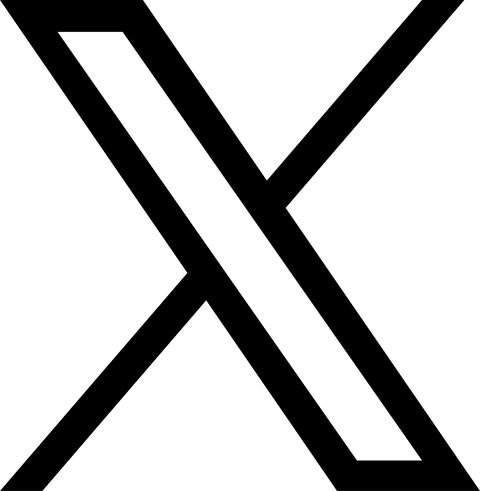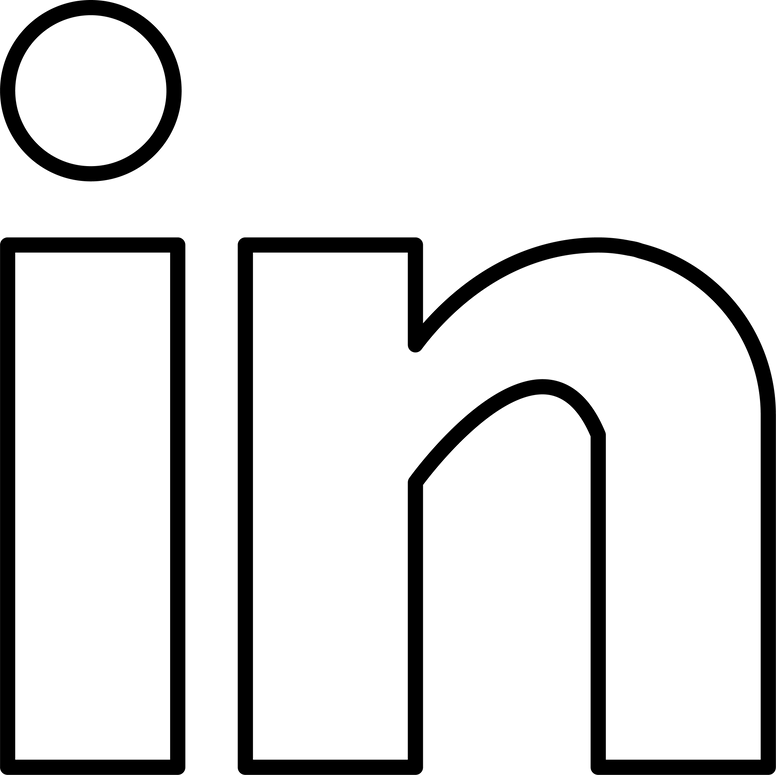


the shot heard around the world
story by: Dr Peter l. Salk
I have been president of the Jonas Salk Legacy Foundation since its founding in 2009. As you can imagine, focusing my attention in that role on the legacy of my father’s many contributions to humanity — including his creation of the Salk Institute for Biological Studies, just up the road in La Jolla on a bluff overlooking California’s magnificent Pacific Coast — has a special significance for me.
My father, Dr. Jonas Salk, developer of the first polio vaccine, was born in New York City on October 28, 1914, exactly three months after the beginning of World War One. From his earliest days, he was someone who wanted to do something to be helpful to humanity.
That impulse and drive may have come in part from an incident that was imprinted in his memory when he was a little boy. At the end of the war, on Armistice Day in 1918, he witnessed a parade filled with soldiers who had come home from battle. Some had been injured or maimed, walking with crutches or using a wheelchair. My father always had a sensitive side, and he was deeply affected by what he had seen.
As he grew older, my father considered going to law school and running for Congress. His mother, who had come over to this country from Russia, astutely advised him that this was not a good decision — especially since, as she put it, “you can’t even win an argument with me.” I think she wanted him to become a rabbi, which I don’t think was in my father’s character.
As it turned out, my father decided to go to City College in New York, and there his studies took an unexpected turn. In his first year, a chemistry course was offered, and this appealed to him. The problem was that the class met on a Saturday, the Jewish Sabbath. His parents were very observant in following Jewish traditions and customs, which meant that my father had a difficult decision to make. In the end, he took the chemistry class, which was the starting point for what turned out to be a long and productive career.
“That unsatisfactory answer set my father on a journey of discovery that would fulfill his dream to help humanity, in ways he could never have imagined.”
“After college, having had such a positive experience training in the sciences, my father enrolled in the New York University College of Medicine. From the start, he knew that he wanted to go into research.
During a first-year micro-biology class, a professor spoke about vaccines. He explained that, though doctors could use chemically inactivated toxins to vaccinate against bacterial diseases such as diphtheria and tetanus, they could not use inactivated viruses to immunise against viral diseases such as influenza or polio because protection against infection with viruses required that the body experience an actual infection with the living virus.
That didn’t make any sense to my father, and when he asked his teacher why, the professor basically responded, “Well, just because.” That unsatisfactory answer set my father on a journey of discovery that would fulfill his dream to help humanity, in ways and to a degree that he could never have imagined. And it was a journey on which his family, including his three sons, would be carried along.
Following medical school, after a two-year clinical internship at New York’s Mount Sinai Hospital, my father went to work with Dr. Thomas Francis Jr., then the head of the epidemiology department at the University of Michigan.
My father had previously worked with Dr. Francis on influenza while still a student at NYU College of Medicine, and that had been a seminal experience for him. Working alongside his mentor at Michigan, my father made important contributions to the successful creation of an influenza vaccine, utilising a chemically inactivated virus, that was introduced for use by the Army at the end of World War II.
Dr Jonas Salk developed the first polio vaccine in 1955 which transformed the global landscape in terms of polio eradication.
In 1947, seeking to head a laboratory of his own, my father moved on to the University of Pittsburgh School of Medicine. There he took charge of creating the Virus Research Laboratory and, with his growing interest in polio, received a grant for polio research from the National Foundation for Infantile Paralysis.
As all of this was going on, my father had married and started a family. He met my mother, Donna, while working one summer at the Marine Biological Laboratory in Woods Hole, Massachusetts. They married on June 9, 1939, the day after he graduated from medical school with an M.D. degree. I was born five years later, the first of my parents’ three sons.
During my childhood, polio epidemics became an increasing global scourge. I can remember my parents not allowing us to visit a beloved amusement park when we were on vacation, out of fear of our becoming infected. On another occasion, our family accompanied my father to a polio meeting at the Greenbrier resort in West Virginia. There I saw a girl at a swimming pool who had been disabled by the disease. Because I was around the same age as the girl, that encounter had a lasting impact on me.
During all this time my father and his team were rigorously working to develop a vaccine that would be effective against all three immunologic types of polio.
The first human studies with the experimental vaccine were conducted at the D.T. Watson Home for Crippled Children outside of Pittsburgh. These tests included children who had already experienced some form of paralysis due to polio.
Because they had already been infected by at least one of the three types of poliovirus, there was no danger they could become paralysed again if they were injected with the chemically inactivated virus of the same type. It turned out that when these children were injected with the inactivated virus, their antibodies against the virus were boosted.
Since antibodies in the blood stream were all that was needed to prevent the virus from traveling to the brain and spinal cord and killing the nerve cells that control muscle movement, when that information was confirmed, my father knew that the vaccine he and his team had been working on should be a success.
At one point early on, my father had tested the experimental vaccine on himself and his lab workers. And one day it was our turn, me and my two brothers, ages 9, 6, and not quite 3 years old. As you can imagine, I was not very happy to be part of this joyful experience.
Our father came home with the vaccine, and he proceeded to sterilise the daunting glass syringes and the metal needles by boiling them on the kitchen stove. I was absolutely not a fan of needles — but what child is? I stood there, miserable and looking out the window, my arm held out and awaiting the injection. And then something miraculous happened: I didn’t feel the needle. It didn’t hurt, unlike every other shot I’d ever had. And for that reason, that day is burnt into my memory forever.
Two years later, on April 12, 1955, my father joined Dr. Francis at a press conference at the University of Michigan. Dr. Francis had been tasked with analysing the results of the vast clinical trial of the experimental vaccine, and now he made an announcement that would change medical history: The vaccine had been demonstrated to be up to 90% effective in preventing polio.
Pandemonium broke loose. Kids were let out of school, church bells rang, factory whistles blew. The pall of fear that had pervaded this country for so many years was lifted. I get goose bumps thinking about it even all these years later.
In 1955, more than 10 million children received one or more injections of the Salk vaccine. Within one year, polio cases and deaths in the United States had been nearly halved, a trend that continued and made a vision of polio eradication a possibility.
Today, that goal is getting ever closer to reality. Rotary International has been a champion in ensuring that one day — and, I hope, one day soon — that goal will be reached. Rotary helped found the Global Polio Eradication Initiative, and it continues to put a major emphasis on getting the job done, as does the Gates Foundation, with its generous donations, and the other organisations that are part of the GPEI.
Everyone is working unbelievably hard, and practical work is being done on the ground where it’s most essential. Efforts are underway to remove obstacles and deal with societal issues that have impeded progress in some remaining parts of the world.
The contributions Rotary has made toward eradicating polio have been indispensable, and its indomitable spirit has been a driving force in this effort. I’ve had the great pleasure on many occasions of speaking to and with members of Rotary, and each time it has been an uplifting experience. The desire shared by Rotary members to help the world is inspiring and mirrors the driving force in my father’s life.
Dr. Peter L. Salk is president of the Jonas Salk Legacy Foundation in La Jolla, California, and a part-time professor at the University of Pittsburgh School of Public Health.


